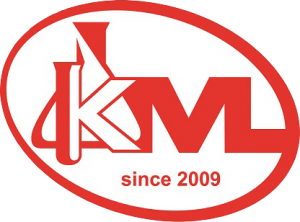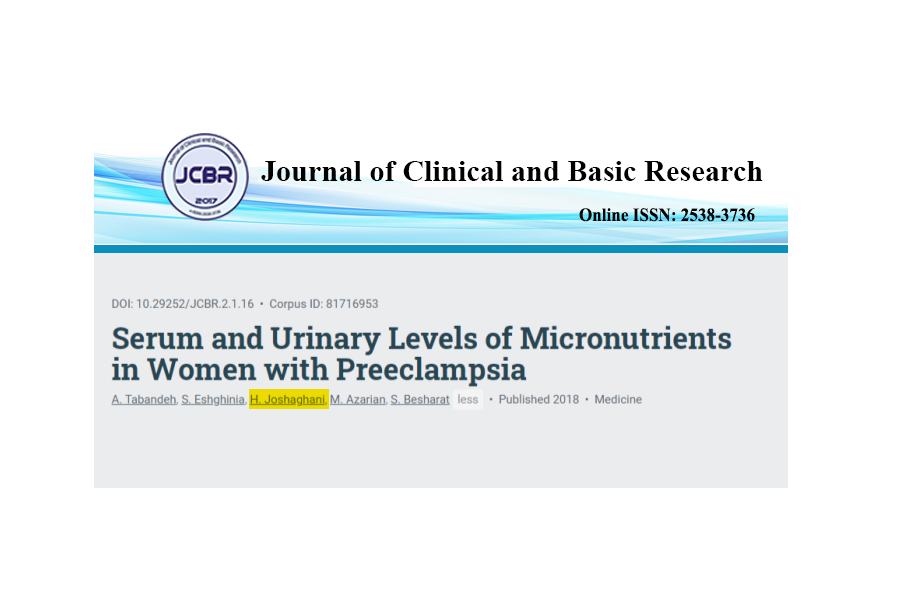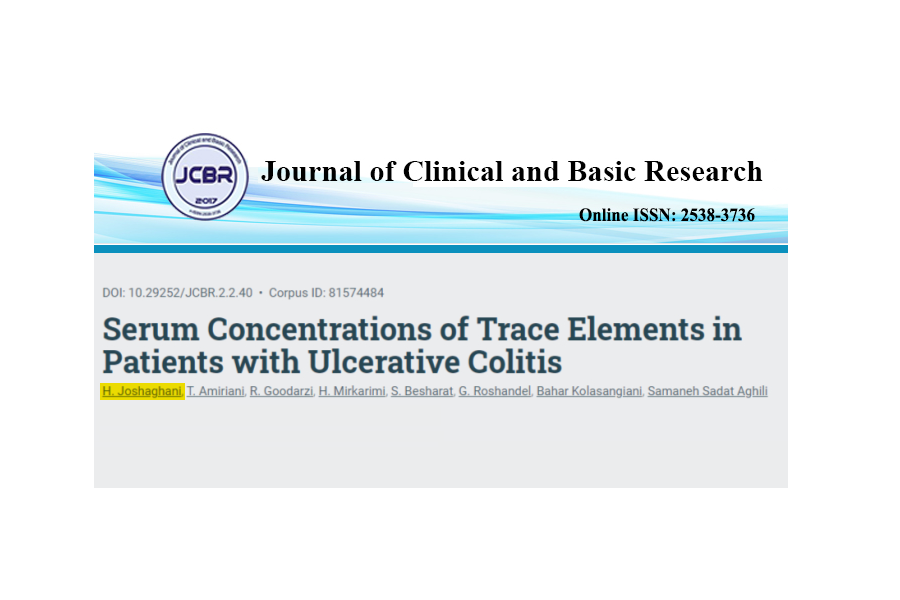بررسی همبستگی کالپروتکتین مدفوع و شاخص فعالیت بالینی بیماری در بیماران مبتلا به کولیت اولسراتیو
Abstract
It has been shown that fecal calprotectin can be used to evaluate mucosal inflammation better than using clinical indices and serum markers. The aim of this study was to assess the use of fecal calprotectin for evaluating the disease activity in 2 groups of patients with ulcerative colitis and a control group. The study population consisted of 30 patients with active-phase ulcerative colitis, 30 remission-phase patients, and 30 healthy control patients. After obtaining informed consent, we took blood and fecal samples. Fecal calprotectin was assessed by the enzyme-linked immunosorbent assay method; levels of more than 200 μg/g were considered abnormal. The Simple Clinical Colitis Activity Index was used to evaluate disease activity. A one-way analysis of variance test and a Pearson correlation test were used to analyze the results. The means ±SD of the disease activity index were 4 ± ۲٫۸, ۶ ± ۱٫۹, and 2.7 ± ۲٫۵ in patients with active-phase and remission-phase ulcerative colitis, respectively (p < .001). Fecal calprotectin (μg/g) values (mean ±SD) for active-phase patients, remission-phase patients, and the control group patients were significantly different: 711.7 ± ۲۲۸, ۵۱۷ ± ۳۲۸٫۲, and 304 ± ۲۹۷٫۵, respectively. There was a significant correlation between fecal calprotectin and the disease activity index values (r = .۴۱; p = .۰۰۴). Fecal calprotectin could be a useful tool in assessing the bowel disease activity in patients with ulcerative colitis.




پاسخ دهید
میخواهید به بحث بپیوندید؟مشارکت رایگان.